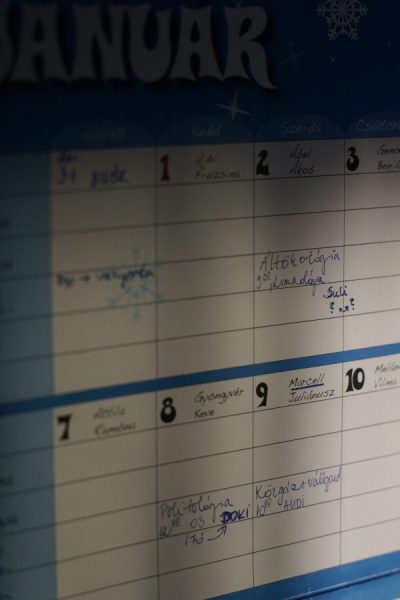The story of the calendar used in the U.S. and across the Western world begins in 45 B.C.E., when Caesar ordered up a 12-month calendar starting on January 1 based on one complete rotation around the sun, with three cycles of 365 days followed by one leap year of 366 days to compensate for small discrepancies in the man-made calendar and the way the earth actually moves around the sun.
The Julian Calendar was in wide use until the fall of the Roman Empire in the fifth century C.E., after which the European calendar fell into a bit of disarray. Dates were shifted to coincide with Christian holidays. In some places the year was moved back to start at Christmas, in others moved up to start in March to coincide with the Incarnation of Jesus.
(We still have a vestige of the old March-start calendars hidden with us in plain sight: September, the ninth month of our year, is Latin for seventh month; October for eight month; November for ninth, December for tenth.)




Interesting